Prepare to be officially freaked out by Mother Nature
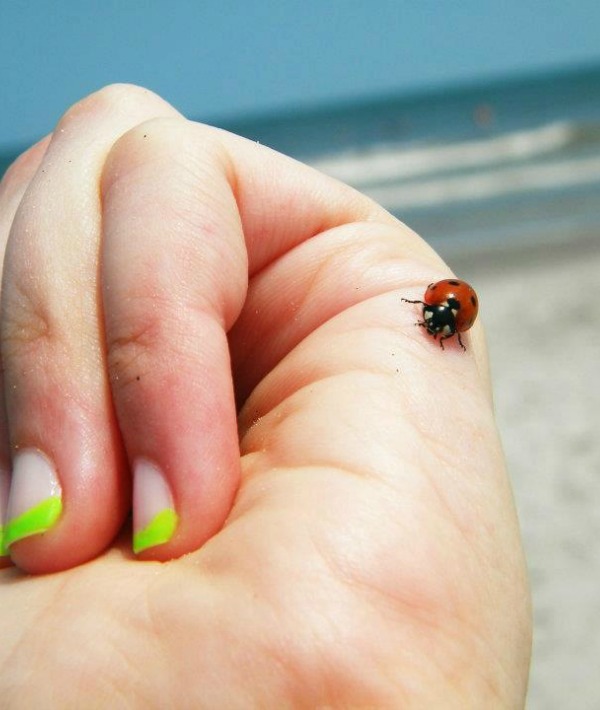
Summer is here, and that means bugs and crawling critters are, too. While a majority of insects and wildlife pose little to no threat to us (as long as we leave them alone), others are malicious little pests whose sole purpose is to cause us pain and freak us out. (OK, not really.) Find out which critters you need to avoid to stay healthy and which look totally harmles, but actually aren't.
Mosquitos
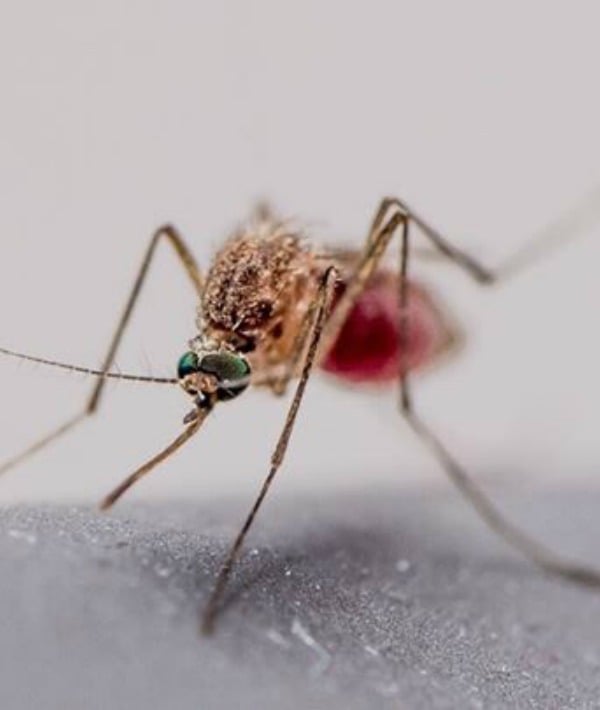
Not only are mosquitoes one of the most annoying insects of summer, they're potentially the most dangerous. Along with causing itchy, raised bites, mosquitos can also carry blood-transmitted diseases like Zika virus, West Nile virus, dengue fever, malaria and more. An easy way to prevent mosquitos from biting is to use insect repellent and reapply throughout the day as necessary.
Biting Flies
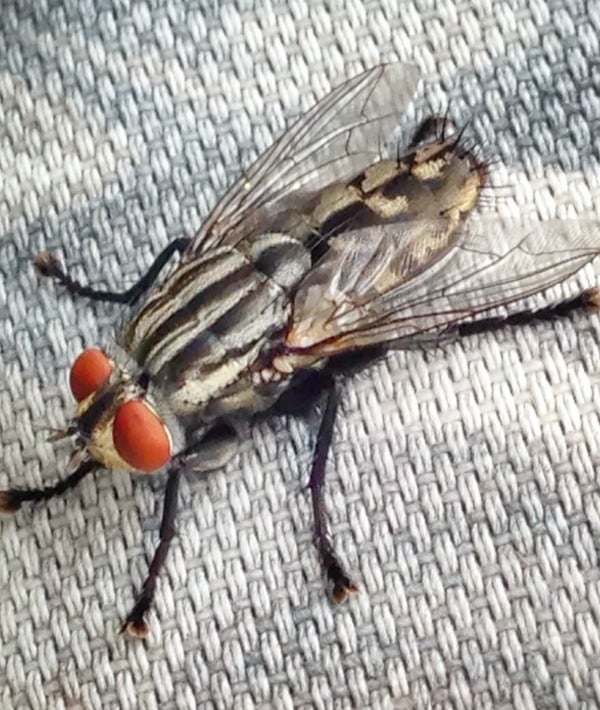
Flies are one of the most annoying insects of summer. Keeping doors and windows shut and cleaning often around the house can prevent an infestation, certain flies do more than buzz in our faces. Biting flies, such as horseflies, black flies and sand flies, also cause pain and possible illness. In fact, mosquitos are a type of biting fly (who knew?) and, like mosquitos, these blood-thirsty insects can also transmit disease. Wearing long clothing when outdoors is a good way to prevent a painful bite.
Black Widows
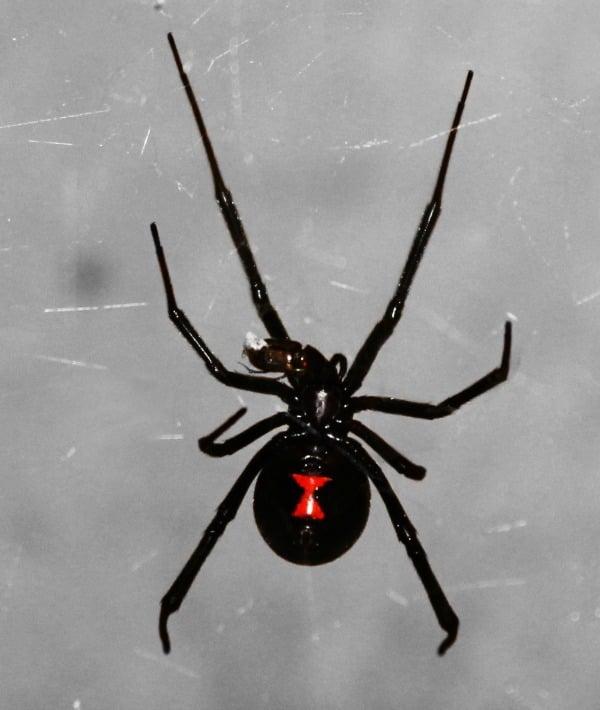
They're only the most venomous spider in North America, and they're just about everywhere in the continental U.S. The good news is we're all pretty safe, given that no one has actually died from a black widow bite in the U.S. in over a decade. While the bites hurt and can make us extremely ill, they're not likely to kill a healthy adult. Small children and elderly patients may have a more severe response to their venom and need to be treated by a doctor immediately.
Brown Recluse
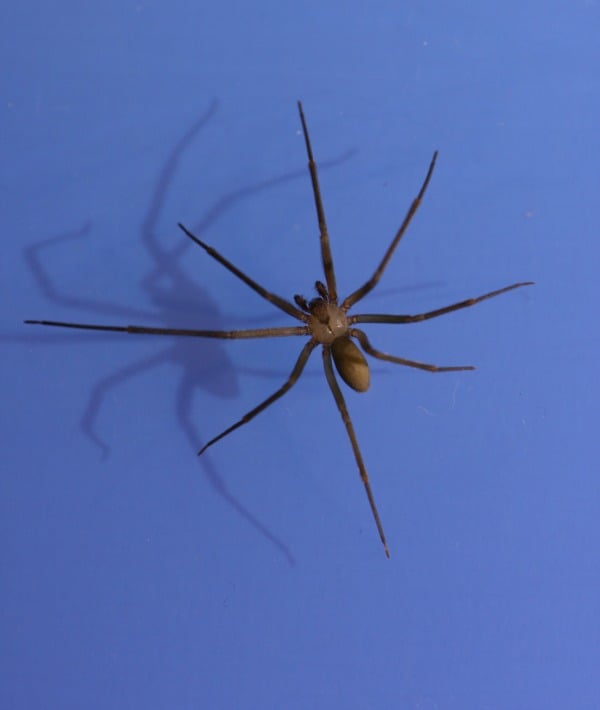
Many people don't feel the bite of a brown recluse until it's over. A few hours later, the real symptoms kick in and include burning, itching, redness and even blisters. If left untreated, the bite could turn into an ulcer that continues to grow, requiring treatment by a doctor. Young children could have more serious, life-threatening symptoms. These spiders love warm climates and hang out in places rarely disturbed by humans. They don't like to bite, so you're pretty safe as long as you don't disturb them.
Centipedes
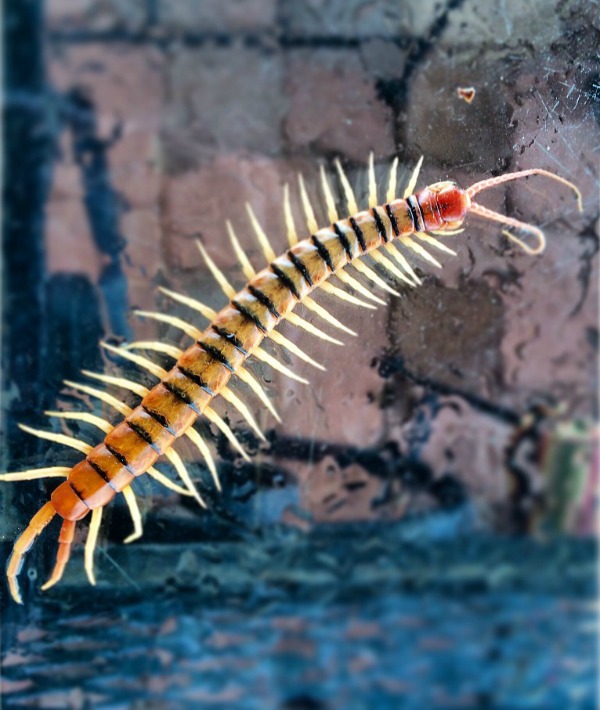
These sometimes large, fast-moving, nocturnal arthropods aren't just terrifying to look at, they pack a nasty, venom-laced bite. Since kids might confuse centipedes with their much smaller and less evil cousins, millipedes, it's important they know not to pick up or otherwise touch either, even if they seem harmless. While their venom is not dangerous to humans, it does hurt. PS: These creepers are really hard to smash thanks to their super-strong exoskeleton.
Fire Ants
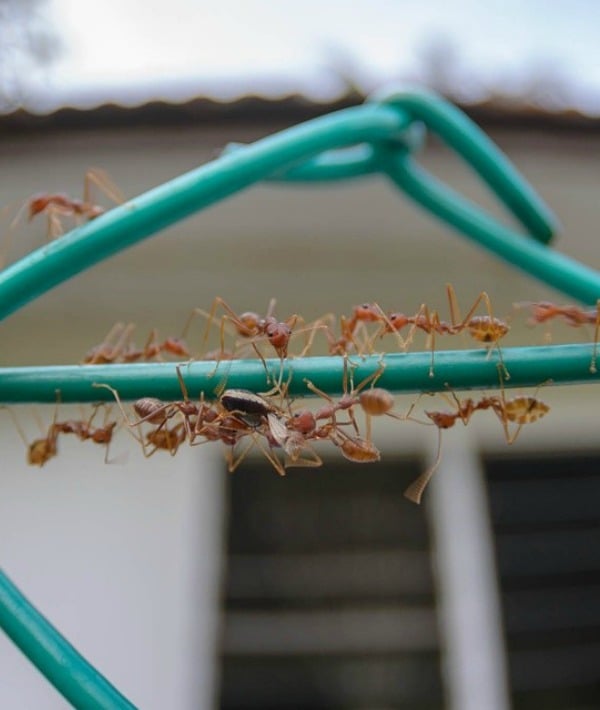
They're called fire ants for a reason. The toxic bite comes with a tiny dose of venom that can cause pain, itching, swelling and, for some who are allergic, anaphylaxis. Typically the fire ants attack in groups as a defense mechanism, so it's rare to get just one fire ant bite. For most people, the bites will hurt for a short while before turning into itchy, small pimples. Small children and pets need to be kept away from fire ant mounds as the bites can be more intense for them.
Hornets and Wasps
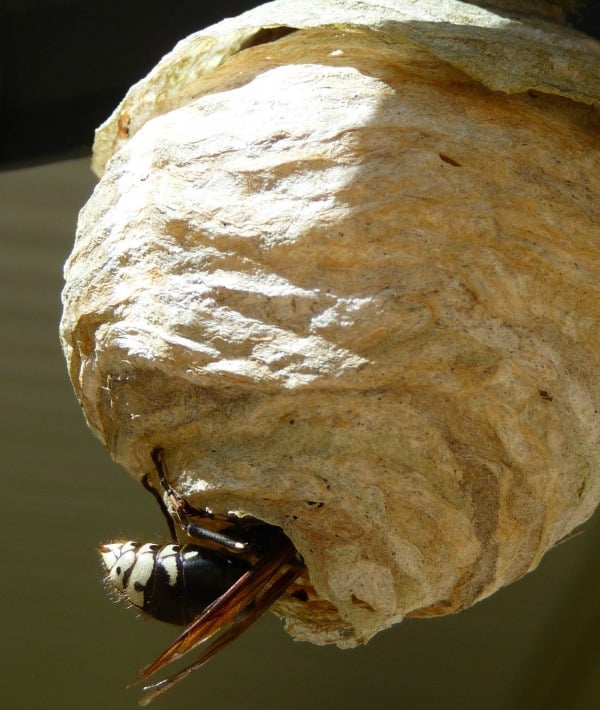
If you see a papery hornet's or wasp's nest nearby, leave it alone. Unlike bees, hornets and wasps can sting repeatedly and don't die from doing so. Plus, their sting comes with a potent dose of venom, making it hurt even more. These territorial insects shouldn't be allowed to take up residence near you, so call an exterminator if spotted.
Africanized Honey Bees
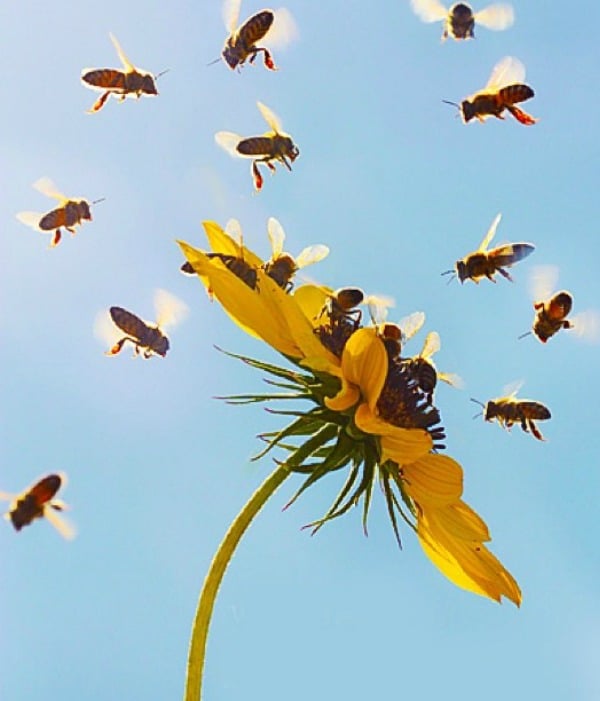
Also known as killer bees and, yes, they can be deadly. These territorial bees are super defensive, easily startled and have spread across the lower half of the United States from California through Tennessee. If you encounter a swarm, run. Often humans can outrun these potent stingers, but they can follow you for up to half a mile. The good news is that it would take over 1,100 stings to kill an average-sized adult, making your chances of survival incredibly high.
Ladybugs
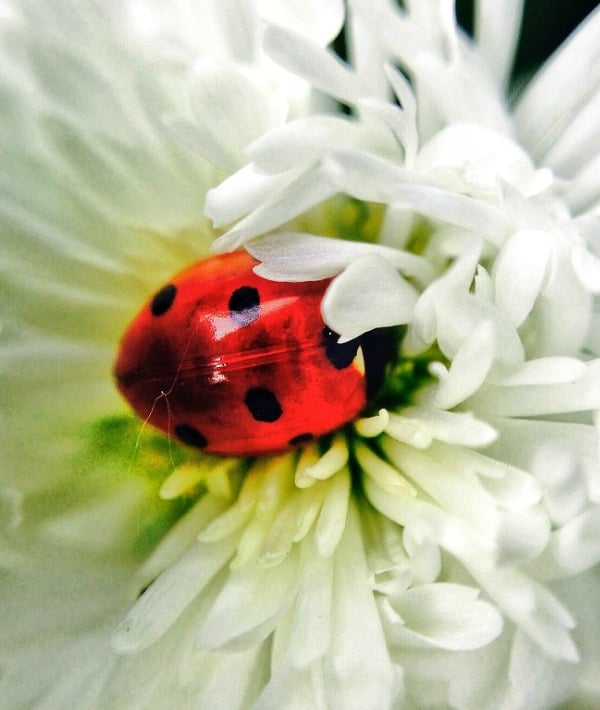
You're probably thinking, "How can a ladybug be on this list?" It turns out a specific breed, the Asian lady beetle, has long been known to cause asthma and allergy attacks, pink eye and hives. Oh, and they even bite. These invasive cuties are hard to tell apart from their more peaceful ladybug cousins, since their color varies and the tiny tell-tale marking behind their heads require you to get pretty close. In other words, all ladybugs are now guilty by association.
Moths
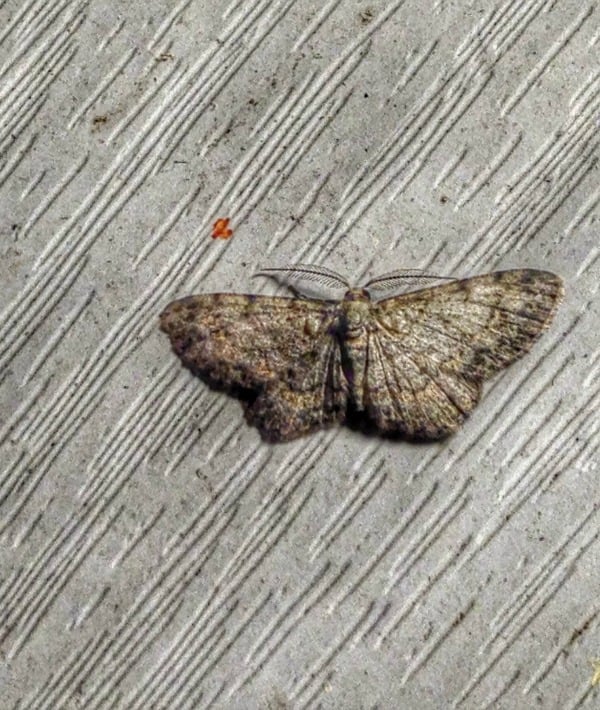
They come in a variety of colors and seem harmless, but moths can be toxic to humans if they're ingested. Now, you may not consider dining on these fuzzy flyers, but that doesn't mean your children won't eagerly stick them in their mouths. Since moths often feed on poisonous plants, the toxins will build up in their bodies, making them equally dangerous. While their toxicity is usually mild, a doctor should be notified if a child has accidentally nibbled on an unfortunate moth.
Scorpions
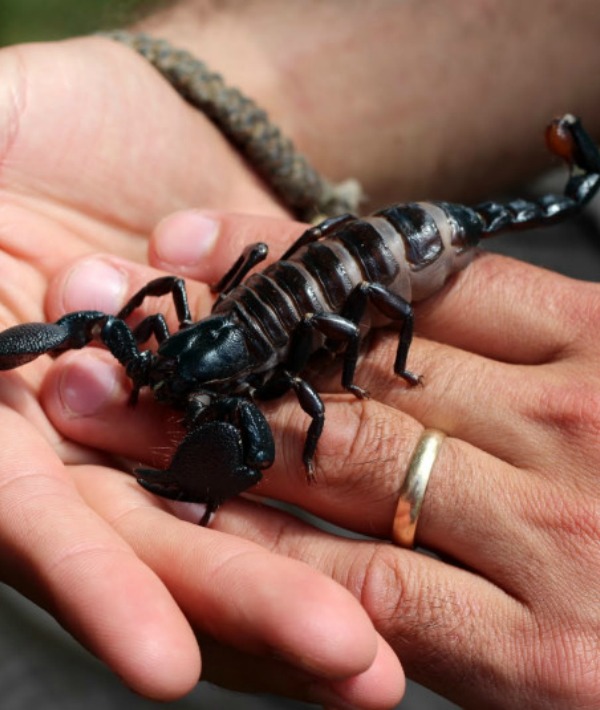
These arthropods like to hide away in rock piles, crevices and in the bark of trees. Since they're nocturnal, you're not likely to encounter one during the day unless you disturb them. If you're attacked, move so the scorpion can't bite you again and wash it with soapy water. While a majority of scorpions are harmless to humans (besides causing pain) a small percentage are potentially lethal. If you were stung and have trouble breathing or swallowing, seek treatment immediately.
Ticks
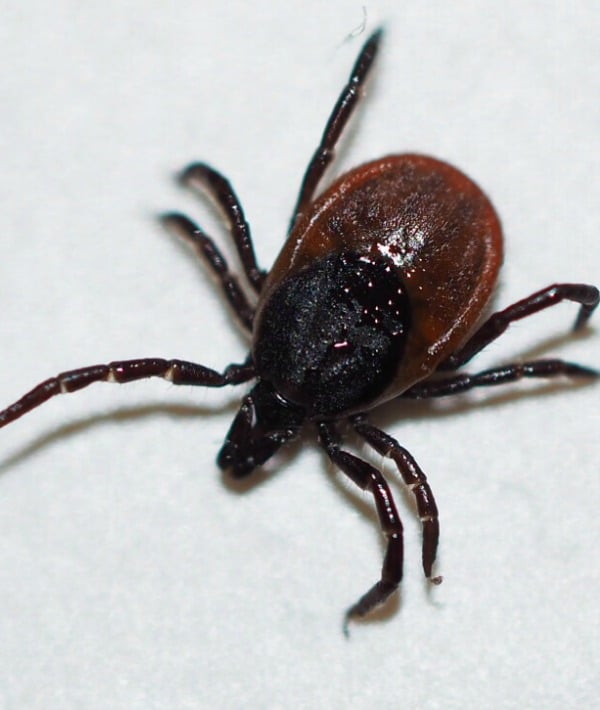
It's not like we actively go out and seek ticks in the wild, but we need to take precautions against ticks that are looking for us. While ticks can transmit a wide variety of diseases, one of the most prevalent is Lyme disease, which, if left untreated, can cause neurological damage and lifelong symptoms. Even though it's summer, wear long-legged pants and sleeves whenever you're in the woods or heavily tick-infested areas, and do a body check once you're home.
Cockroaches
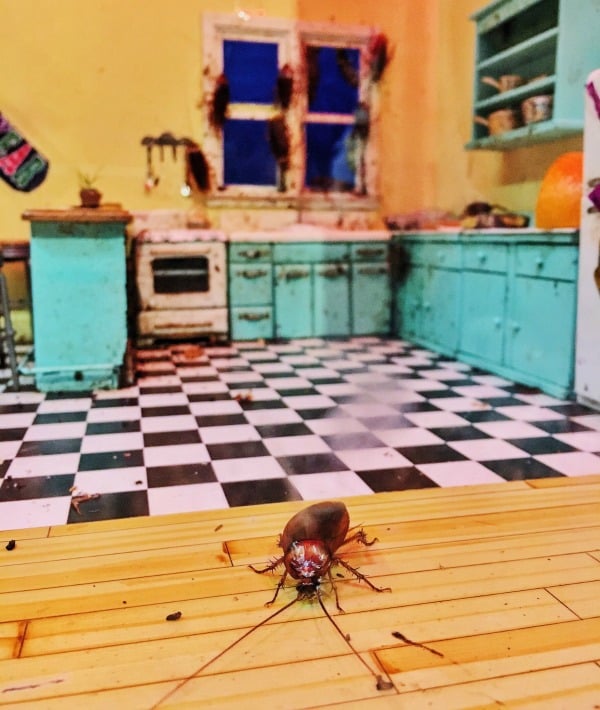
As one of the most universally hated insects around, these apocalypse-surviving scourges aren't just invasive, they also spread bacteria and germs. Since roaches feed in disease-laden areas like restrooms and trash, their horrid bodies carry infectious pathogens that can spread to any surface they touch, bringing with them potentially awful diseases like typhoid fever, plague, leprosy, cholera and more. They're even linked to asthma attacks.
Jellyfish and man-o-wars
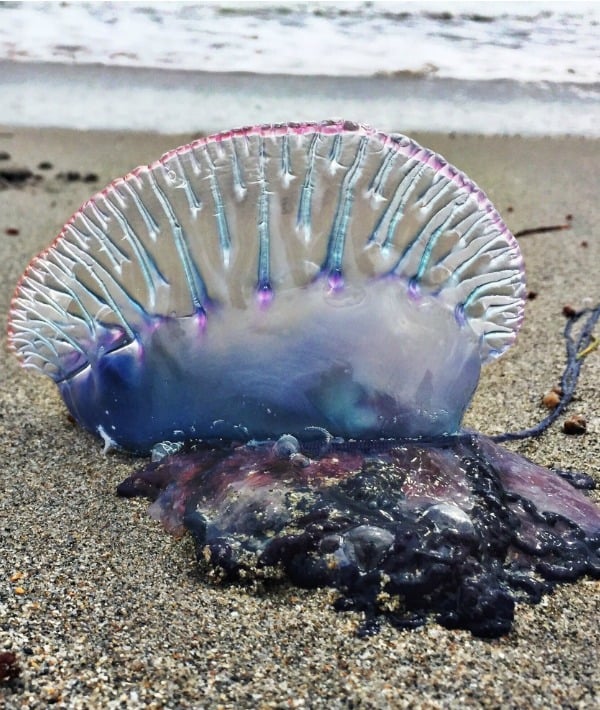
Despite what people may think, man-o-wars and jellyfish are not the same. Although the two blobby sea creatures are often confused for one another, one thing about them both is the same: how much their sting hurts. When you're at the beach this summer, don't attempt to pick up any jellyfish or jellyfish-looking creatures that wash ashore. No matter how pretty or dead they seem, both jellyfish and man-o-wars have intense, painful stings that can last for hours.
Toads
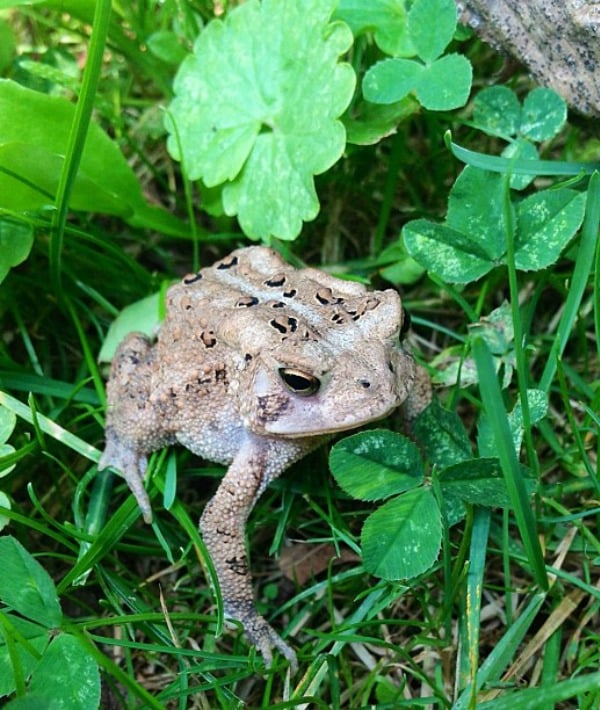
Add toads to the growing list of wildlife you probably touched as a kid, didn't die from but should still be wary of. Toads excrete a white toxin through their skin when they're under duress, and it's poisonous—especially to our pets. If a dog eats a toad, it could be fatal and requires emergency veterinary assistance. Children (and adults) who manhandle toads may also get some of the milky stuff on their skin which can cause irritation and rash.
Turtles
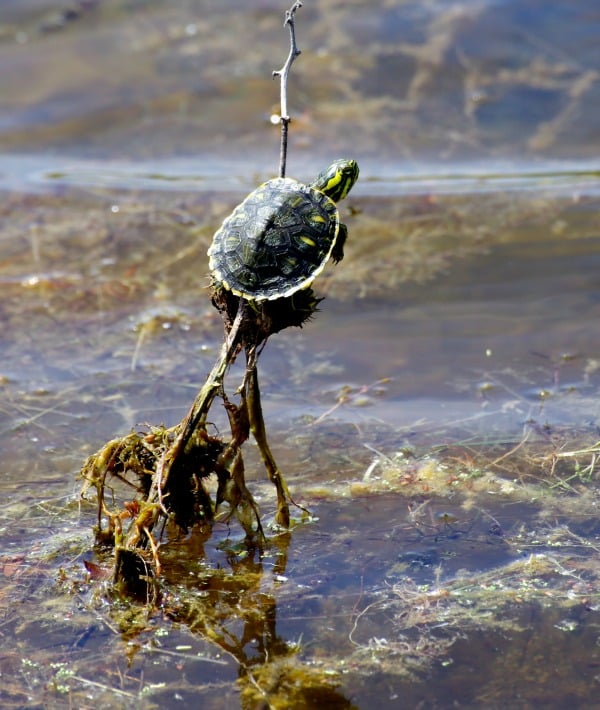
Yes, they're cute. Yes, every child wants one as a pet. And yes, they're likely carrying dangerous salmonella. Not only can people come into contact with salmonella by touching a turtle, but every surface it crosses is contaminated as well. Kids and people with compromised immune systems are the most likely to get seriously sick from salmonella and should be kept away from turtles—even though they really (really) want to play with them.




